As we all know, the power battery mounted on a product often does not have a single battery cell. Still, it is composed of a modular assembly of several battery cells. These batteries are based on different application scenarios, so different battery cell types have emerged.
Battery cells refer to the core components of the battery. A battery cell is typically a chemical energy storage device capable of storing and releasing electrical energy. The appearance of a battery cell can often be used to differentiate between different types of batteries. Classified based on the appearance type of battery cells, they can be divided into cylindrical, soft, and square cells.
Here, we will introduce several common cylindrical cell types, especially focusing on 18650 vs 21700 vs 26650 Battery.
Cylindrical cell type comparison
Various types of cylindrical cells have special applications in different fields according to their respective performance characteristics. We have sorted out six cylindrical cells, including 14500, 16340, 18650, 21700, 26650, and 46800.
To make it easier to intuitively understand the differences between these cells, we have summarized the main information of the six types of cylindrical cells and made them into tables. The following are the details of the battery cells.
| Model | Diameter(mm) | Length(mm) | Weight(g) | Nominal capacity (mAh) | Nominal voltage (V) |
|---|---|---|---|---|---|
| 14500 | 14 | 50 | 18~25 | 700~1600 | 3.2~3.7 |
| 16340 | 16 | 34 | 15~20 | 600~1200 | 3.6~3.7 |
| 18650 | 18 | 65 | 42~55 | 1500~3500 | 3.6~3.7 |
| 21700 | 21 | 70 | 66~70 | 3000~6000 | 3.6~3.7 |
| 4680 | 46 | 80 | 335~355 | 15000~26000 | 3.2~3.7 |
1. 14500 battery
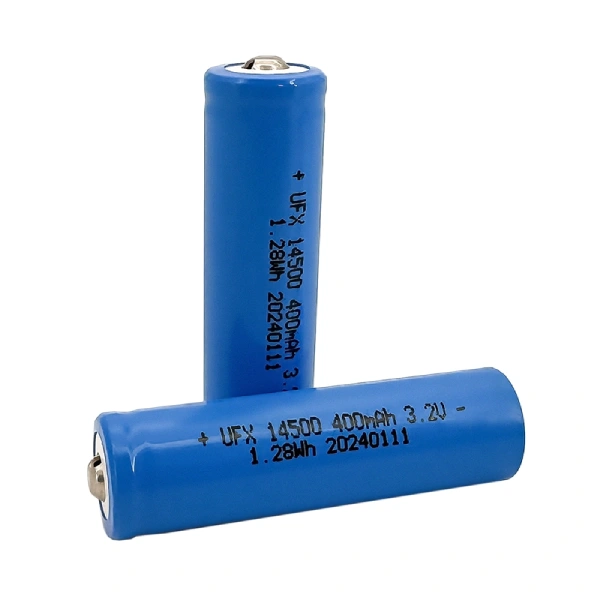
The 14500 battery is a lithium battery with a diameter of 14 mm and a height of 50 mm. This kind of battery is generally 3.7V or 3.2V. The nominal capacity of the 14500 battery is relatively small, a little larger than the 10440 battery, generally 1600mah, and has superior discharge performance. The application fields of 14500 batteries are mainly consumer electronics, such as wireless audio, electric toys, digital cameras, etc.
2. 16340 battery
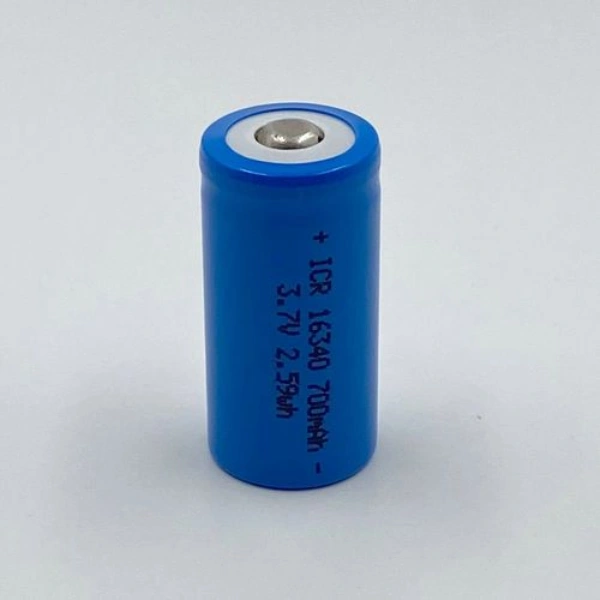
The 16340 battery is a lithium battery with a diameter of 16 mm and a height of 34 mm. 14500 batteries are also known as CR123A or RCR123A batteries. 14500 battery nominal voltage is typically 3.7 volts. This is the typical operating voltage of lithium-ion batteries.
14500 battery capacity can vary by manufacturer and model, but generally ranges from 600 milliamp hours (mAh) to 1200mAh. This determines how much power the battery can provide on a single charge. 16340 batteries are often used in special electronic devices, such as bright flashlights, laser pointers, camera flashes, etc. because they are relatively small but can provide high power density.
3. 18650 battery
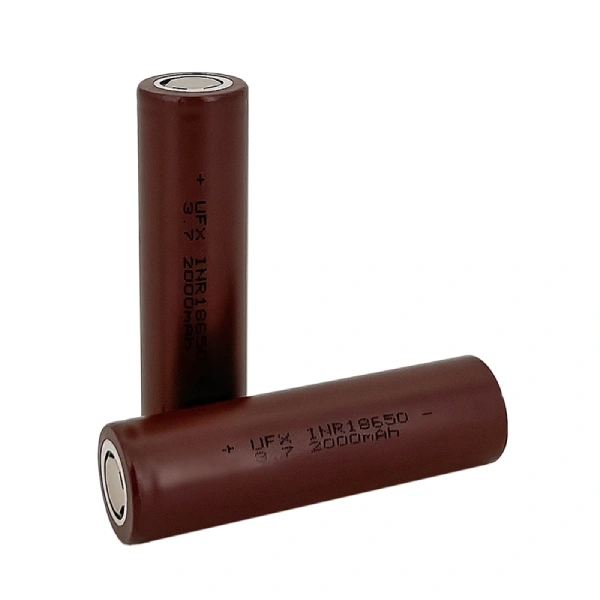
The 18650 battery is a lithium battery with a diameter of 18 mm and a height of 65 mm. 18650 is the originator of lithium-ion batteries – a standard lithium-ion battery model set by the Japanese SONY company to save costs.
Its biggest feature is that the energy density is very high, almost reaching 170 Wh/kg. Therefore, this battery is very cost-effective. Most of the batteries we often see are this kind of battery because they are relatively mature lithium batteries with good system quality and stability.
The theoretical battery life of 18650 is 1000 cycles of charging. Due to the large capacity per unit density, they are mostly used in laptop batteries. In addition, because the 18650 battery has very good stability during work, it is widely used in various major electronic fields: commonly used in high-end bright flashlights, portable power supplies, wireless data transmitters, electric thermal clothing and shoes, portable instruments and meters, Portable lighting equipment, portable printers, industrial instruments, medical instruments, etc.
4. 21700 battery
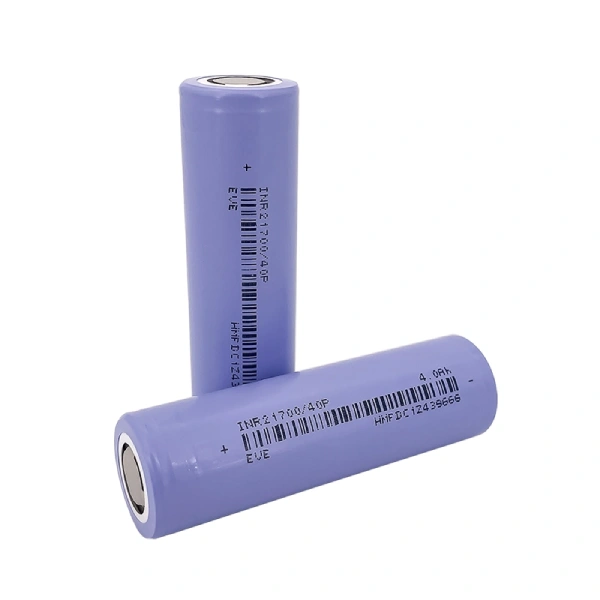
The 21700 battery is a lithium battery with a diameter of 21 mm and a height of 70 mm. Due to the increased volume of the 21700 battery, the space utilization rate increases, which can increase the energy density of the battery cells and the system. Its volumetric energy density is much higher than that of the 18650 battery.
21700 batteries are widely used in digital devices, electric vehicles, balance vehicles, solar lithium battery street lights, LED lights, power tools, etc.
The 21700 battery was first developed by Panasonic for Tesla in the United States. At an investor meeting on January 4, 2017, Tesla announced the start of mass production of the new 21700 battery jointly developed with Panasonic. This battery will be produced at the Gigafactory super battery factory.
Tesla CEO Musk said that the power density of the 21700 battery is currently the world’s highest energy density and lowest cost battery, and the price will be more affordable.
Taking the 21700 battery system of Model 3 as an example, the energy density is about 300Wh/kg, which is more than 20% higher than the original 18650 battery used in Model S. The single capacity is increased by 35%, and the system cost is reduced by about 9%. From the beginning, the huge advantages of 21700 have attracted widespread attention and research in the industry.
5. 26650 battery
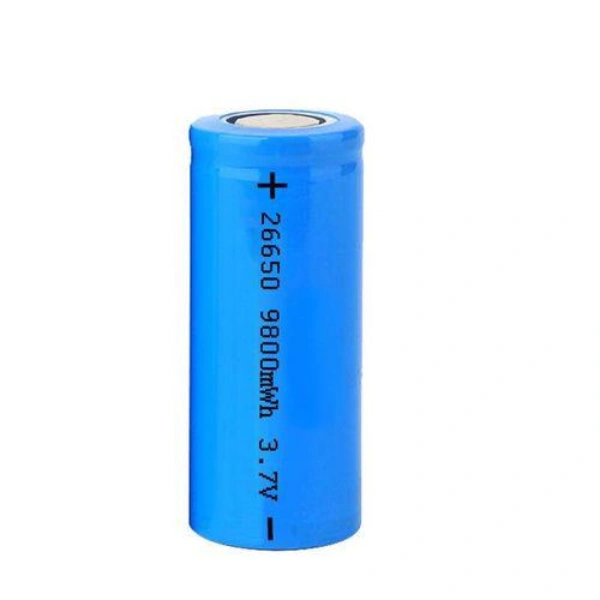
The 26650 battery is a lithium battery with a diameter of 26mm and a height of 65mm, with a nominal voltage of 3.2V. The nominal capacity of the 26650 battery is 3200mah. 26650 battery has excellent capacity and high consistency and has gradually become an alternative to 18650 battery. Many products will also gradually become popular in power batteries.
26650 batteries are generally used in power tools, lighting, wind and solar energy storage, electric vehicles, toys, instrumentation, UPS backup power supply, communication equipment, medical equipment, and military lighting. Common 26650 batteries use nickel cobalt manganese cathode and lithium iron phosphate materials to make lithium batteries, such as INR26650-3.6V-4500mAh and IFR26650-3.2V-3200mAh.
6. 46800 battery
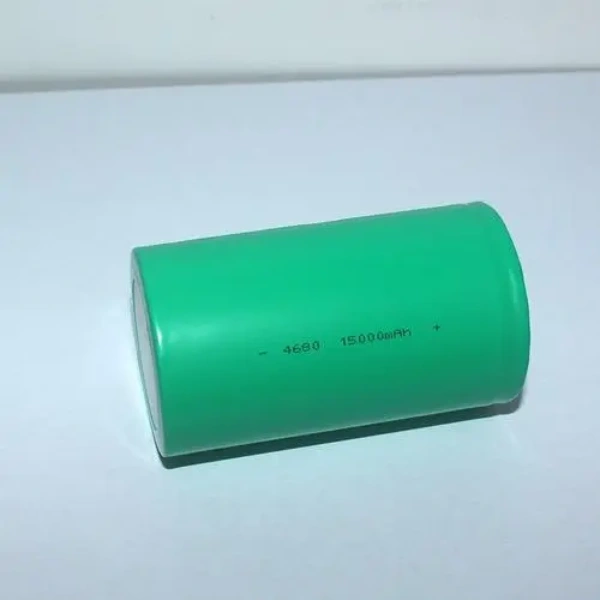
The 46800 battery is also called the 4680 battery, a cylindrical battery with a diameter of 46 mm and a height of 80 mm. The 18650 and 2170 batteries currently used by Tesla also comply with this naming rule. The last “0” in the 18650 battery means cylinder, but it is omitted in the 2170 and 4680 batteries.
From the perspective of safety, the diameter of “46 mm” indicates that although reducing the number of battery cells in the vehicle can reduce the management difficulty of the BMS, the heat dissipation of large battery cells is a problem. 46 mm is a point within the equilibrium range. From the perspective of improving battery life and reducing costs, Tesla believes that the battery life of the entire vehicle will begin to decline after 46 mm. At the same time, the marginal benefit of cost reduction will become very low. Therefore, 46 mm is the optimal solution. In addition, from the perspective of internal stress and perspective, 46 mm is also a critical point. Before an essential breakthrough in chemical properties and production processes, 46 mm was a golden size.
Final Thoughts
The 18650 battery cell began to establish the status of cylindrical cells in power batteries. Later, to increase the cell capacity, Tesla and Panasonic developed the 21700 battery with higher capacity and better performance. Nowadays, to adapt to different application products, in addition to the mainstream 18650 batteries, 21700 batteries, and 26650 batteries, as well as 14500 batteries that are more suitable for small products such as digital devices, and 4680 batteries that pursue the ultimate capacity are also popular.
Related Tags:
More Articles

Overview of Deep Cycle Lithium Battery
In this article, we explore the life, voltage, capacity, and charging considerations of deep cycle lithium batteries.
How Long do Lithium Batteries Last?
How long do lithium batteries last? we will explore the factors that influence the lifespan of lithium batteries and provide insights into their longevity.
How to Choose the Best LiFePO4 Battery?
Choose LiFePO4 batteries for superior performance, safety, and versatility in EVs, UPS, and backup power. This guide helps you make informed decisions.
Get 12v Lithium Car Battery As a Power Source for the Ride
Make the right choice for your vehicle's battery needs by installing a 12 volt lithium car battery. You will enjoy maintenance-free longevity with this change.
Everything About A Small Lithium Ion Battery
Discover the features, uses & future potential of a small lithium ion battery. A compact and tiny powerhouse ideal for smartphones, wearables, drones & more.





